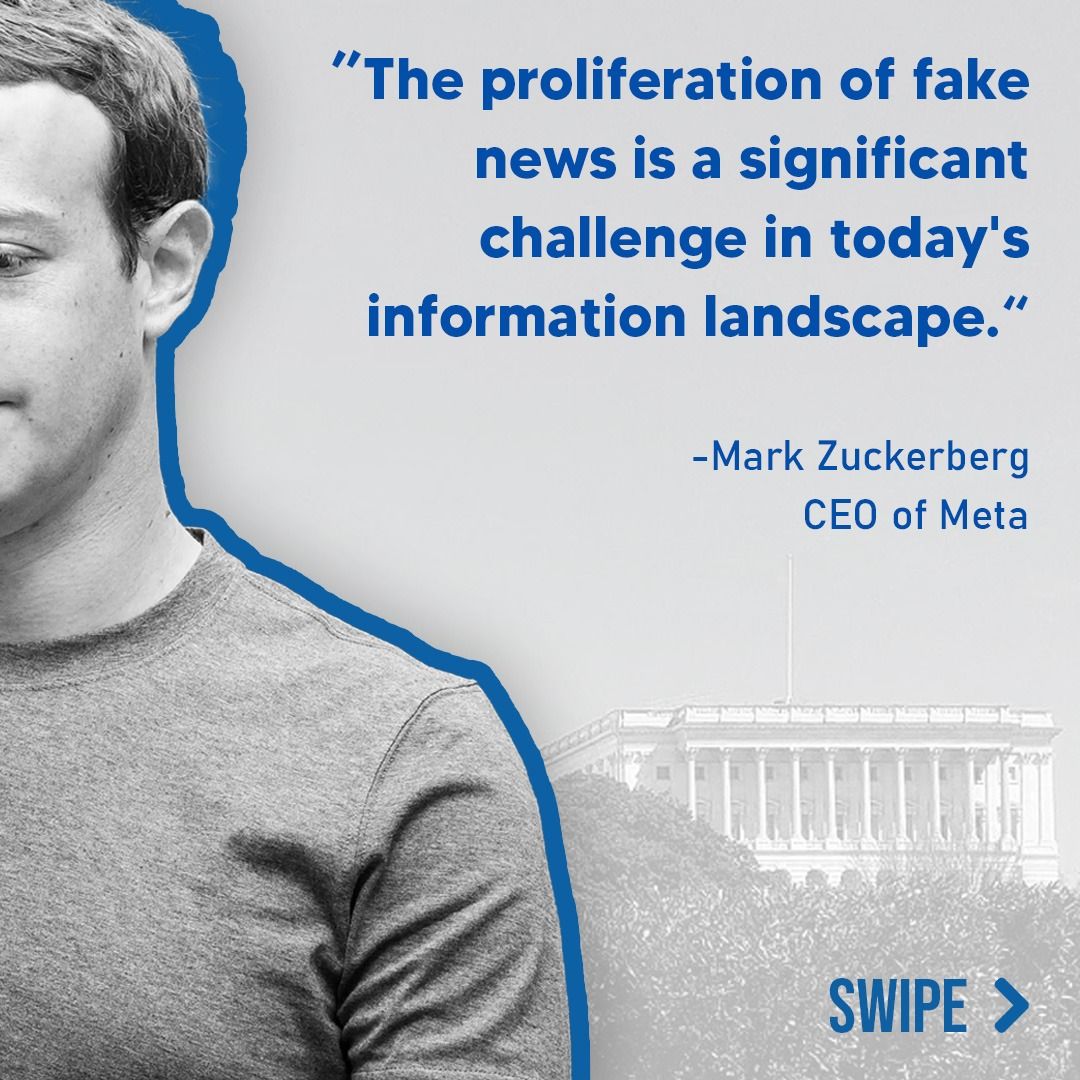“`html

Fact Check Analysis: Finland Seizes Ship Over Russian Sabotage Concerns
Submitted by a concerned DBUNK subscriber, who used our free fact check request service, this investigation unpacks allegations of Russian sabotage in Europe.
In our analysis of the article published by Johanna Lemola and Lynsey Chutel on December 27, 2024, titled “What We Know About the Ship Finland Seized Over Fears of Russian Sabotage,” several aspects raised concerns regarding misinformation, missing context, and potential bias. Let’s break it all down and get to the facts.

Investigating the Claims
Several key claims in the article require scrutiny and verification to ensure accuracy:
Claim 1: The Oil Tanker Was Part of Russia’s “Shadow Fleet”
The article states the seized vessel, Eagle S, is suspected of being part of Russia’s “shadow fleet” used for bypassing sanctions and sabotage. However, there is no conclusive evidence provided to substantiate this claim, and Finnish authorities have not officially confirmed the ship’s direct connection to the Kremlin.
While independent analysts have corroborated the use of shadow fleets for economic reasons (bypassing sanctions), the suggestion that these fleets are also being used for sabotage significantly escalates assumptions without firm evidence. The reporting here risks relying too heavily on speculation rather than verified facts, which can mislead readers by connecting unrelated events.
Claim 2: The Ship Damaged Five Undersea Cables
The claim that Eagle S damaged five undersea cables is presented alongside vague sourcing, stating that Finnish authorities “suspected” the tanker involved in the incidents. However, no clear forensic analysis or evidence, such as sonar data or video, was provided in the article.
Although similar incidents involving undersea infrastructure have occurred, experts suggest cable damage is often caused by accidental entanglement during anchoring or natural environmental factors. The use of an aging oil tanker for deliberate sabotage seems inconsistent with the high-tech covert strategies typically associated with Russian state operations. This raises legitimate skepticism about the plausibility of the tanker’s deliberate role in sabotage.

Claim 3: NATO and EU Responses Suggest Russian Involvement
The article emphasizes NATO’s increased security measures and the EU’s threats of sanctions as a response to suspected Russian involvement. This framing could mislead readers to believe that these actions confirm Russia’s culpability. However, diplomatic responses often occur amid ongoing investigations as precautionary measures and should not be interpreted as evidence of guilt.
No explicit evidence connects the damaged cables to Russian sabotage, making this conclusion speculative rather than factually grounded. A more balanced analysis would have highlighted the ongoing nature of the investigation and avoided preempting its outcomes.
Addressing the Readers’ Question
Why would Russia risk getting caught using such an obvious method like a clunky old oil tanker to sabotage cables?
This is a fair question that reflects a significant gap in the article’s critical analysis. Covert operations typically rely on subtlety, and the choice of a visibly aged oil tanker seems counterintuitive for purposeful sabotage. Experts on maritime security have noted that accidental damage from tankers is more frequent than intentional campaigns using such vessels. Without solid evidence, attributing such a bold and sloppy action directly to Russia risks oversimplifying complex geopolitical scenarios while fostering unnecessary fear among readers.

Concluding Thoughts
While the article raises valid concerns about the vulnerability of critical infrastructure, its speculative tone and lack of substantiating evidence weaken its credibility. The insinuation of Russian involvement via a “shadow fleet” requires stronger evidence to sustain public trust in the reporting. Readers should approach such claims with caution and await updates from official investigations before drawing conclusions.
This story highlights the importance of fact-checking in an era where misinformation can escalate geopolitical tensions. Our DBUNK platform empowers users to verify such claims and cut through the noise of speculation and fearmongering.
For more analyses and to join the fight against misinformation, download the DBUNK app here.
“`

